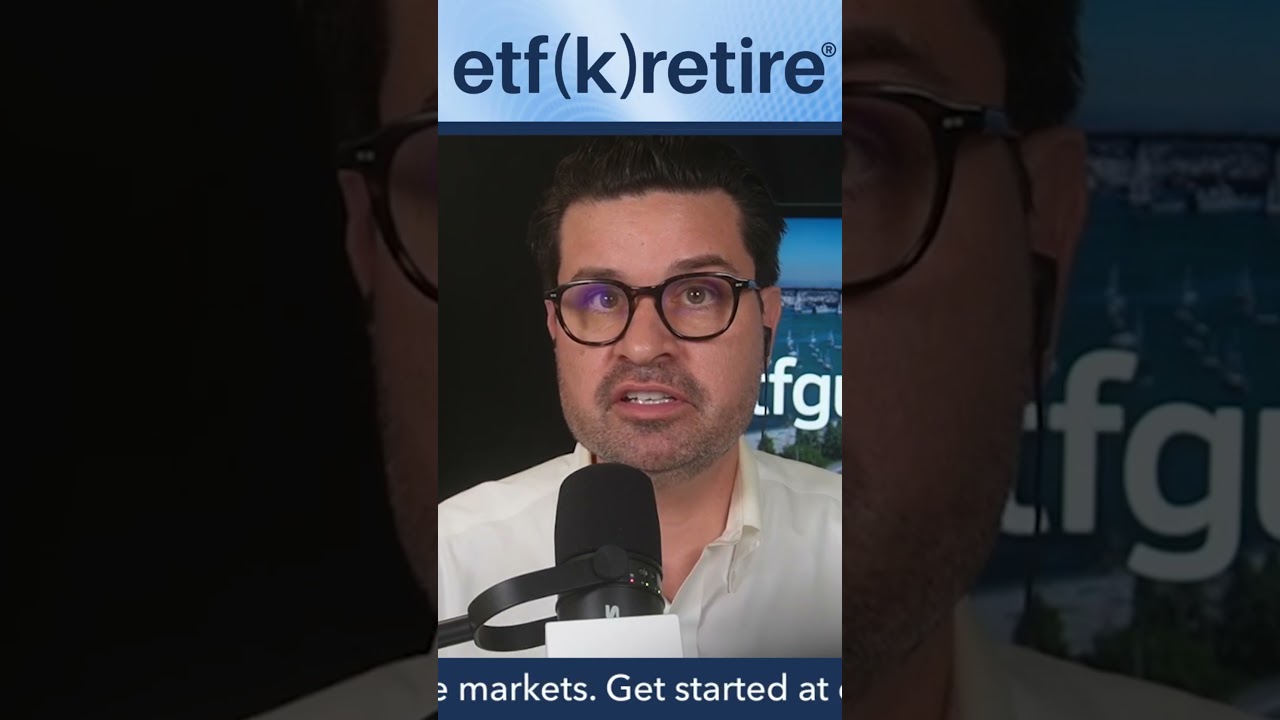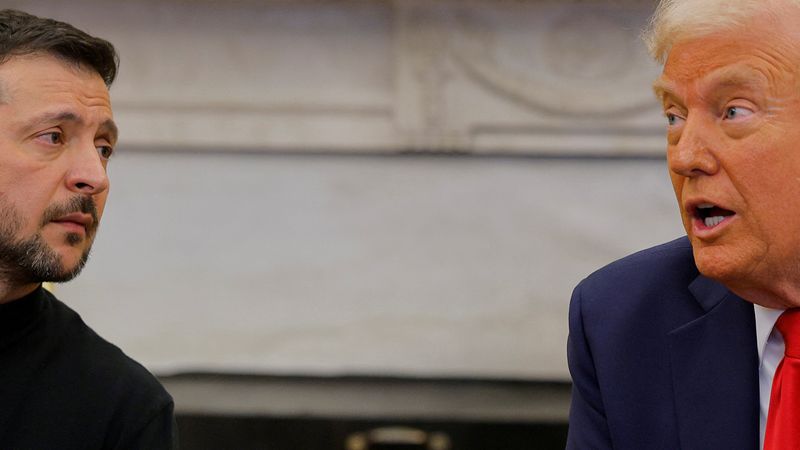IDEO picks former partner Mike Peng to reinvent the storied home of ‘design thinking’ for the age of AI
Peng will need to show that IDEO can help clients cope with upheaval. “I feel like the world needs IDEO more than ever right now,” he said.

IDEO, the design consultancy credited with popularizing the concept of “design thinking,” has named Mike Peng, a former partner, as its next chief executive officer. Peng will return to IDEO to assume his new role in June, following a five-year stint as chief creative officer at Moon Creative Lab, a venture studio affiliated with Japanese trading and investment company Mitsui & Co.
Peng succeeds Derek Robson, a veteran marketing executive who has served as IDEO’s CEO since 2023. Robson will move to a group-level role at Kyu Collective, a network of creative services firms that includes IDEO and is owned by Hakuhodo DY Holdings, Japan’s second-largest advertising group.
Peng’s appointment comes at a critical juncture for IDEO. The San Francisco–based firm’s history is tied to the pioneering use of “human-centric” design techniques to fashion iconic products like Apple’s first mouse, the GRiD Compass (the world’s first laptop computer), the Palm V personal digital assistant, and Procter & Gamble’s stand-up toothpaste tubes.
But the company faces new pressure from clients demanding faster, tech-enabled solutions, and from rivals, including consulting giants and in-house corporate design teams. Meanwhile, the breakneck pace of advances in artificial intelligence has created severe challenges for providers of design and creative services by automating tasks once considered the domain of expert designers.
IDEO, like many other design firms, underwent significant restructuring in the wake of the COVID pandemic. In 2023, the firm announced two rounds of layoffs that together reduced the company’s global workforce by about a third, to fewer than 400 people, down from a total headcount of about 725 in 2020, and closed its Munich and Tokyo offices. IDEO declined comment about current headcount or revenue.
Peng’s challenge will be to demonstrate that IDEO can help clients cope with geopolitical as well as technological upheaval. In an interview, he argued that IDEO’s core capabilities—including empathy, cross-cultural awareness, and a democratic approach to problem-solving—are ideally suited to helping clients build resilience in an age of uncertainty. “I feel like the world needs IDEO more than ever right now,” he said.
Peng brings an unconventional mix of skills and experiences to his new role. He earned an undergraduate degree in neuroscience at the University of California, Berkeley, and spent 10 of his 14 years at IDEO in Japan, where he helped launch the firm’s Tokyo office, and cofounded D4V, a venture capital firm for early-stage startups.
At Moon Creative Lab, Peng helped launch new businesses focused on health care, wellness, and digital transformation. Moon Creative was a departure for Mitsui: an experiment meant to help the giant Japanese conglomerate incubate new businesses outside its traditional trading and commodities portfolio using human-centered design to unlock innovation. IDEO played a key role in shaping Moon’s original structure and creative methodology. As chief creative officer, Peng, operating out of Moon’s Palo Alto studio, focused on building ventures that could bridge corporate legacy systems with emerging digital opportunities. The experience, he says, left him “a lot savvier about what it takes to implement ideas” in large global organizations.
Peng is expected to position IDEO not just as a design consultancy but as a broader creative partner, helping organizations navigate the shift to AI without losing their human compass.
IDEO’s affiliation with the Kyu Collective may complement that strategy. Since joining Kyu in 2016, IDEO has collaborated with sister companies such as SYPartners, a design consultancy specializing in organizational transformation, and creative agencies including Sid Lee and Digital Kitchen on large-scale systemic projects. Under Peng, IDEO is expected to deepen these collaborations, blending strategy, technology, and design.
IDEO, founded in 1991 through the merger of several small firms, rose to global prominence by demonstrating that design could be a powerful force for innovation, not just aesthetics. In addition to their early work in industrial design, IDEO designers also rethought service delivery in sectors like health care, helping hospitals redesign patient experiences to prioritize empathy and dignity.
By the late 1990s, IDEO had become synonymous with “design thinking,” a method that brought structured creativity into the corporate boardroom and encouraged executives in large organizations to adopt the mindset of designers. IDEO urged that, rather than rushing to identify the “right answer” as quickly as possible, corporate teams should first seek a deep understanding of user needs, define challenges carefully, brainstorm widely, prototype quickly, and iterate based on feedback—all with the goal of producing more human-centered, innovative outcomes. In his 2009 book Change by Design, then-CEO Tim Brown distilled these principles into a broader vision: Design was not simply a set of skills, he argued; it was a way of thinking applicable to any domain.
That vision wasn’t for everyone. As IDEO’s ideas spread globally, detractors complained that “design thinking” had become a buzzword and sneered at its disciples’ fondness for whiteboards and brightly colored Post–it notes.
Peng shrugs off the criticism. “You can argue about the different tenets of ‘design thinking,’” he says. “But I know it works because I’ve seen it. When you are human-centered, the odds your project will succeed are much, much higher. It’s how you get from good to great.”
This story was originally featured on Fortune.com


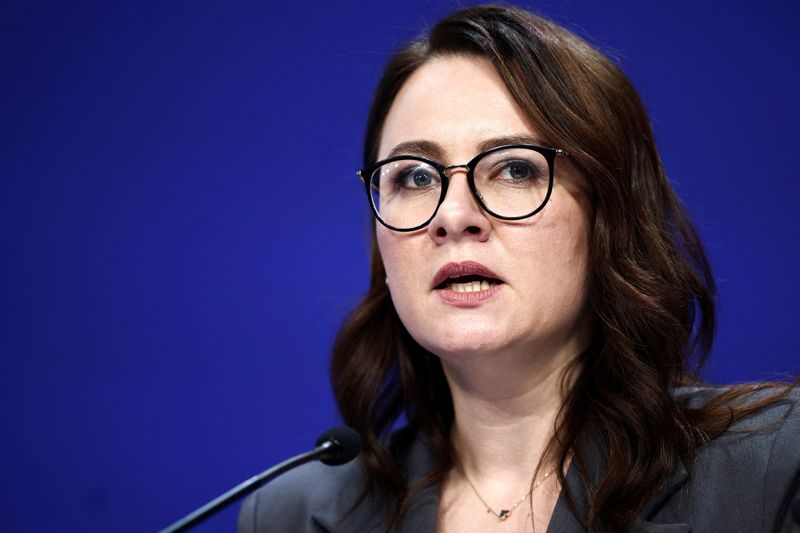

















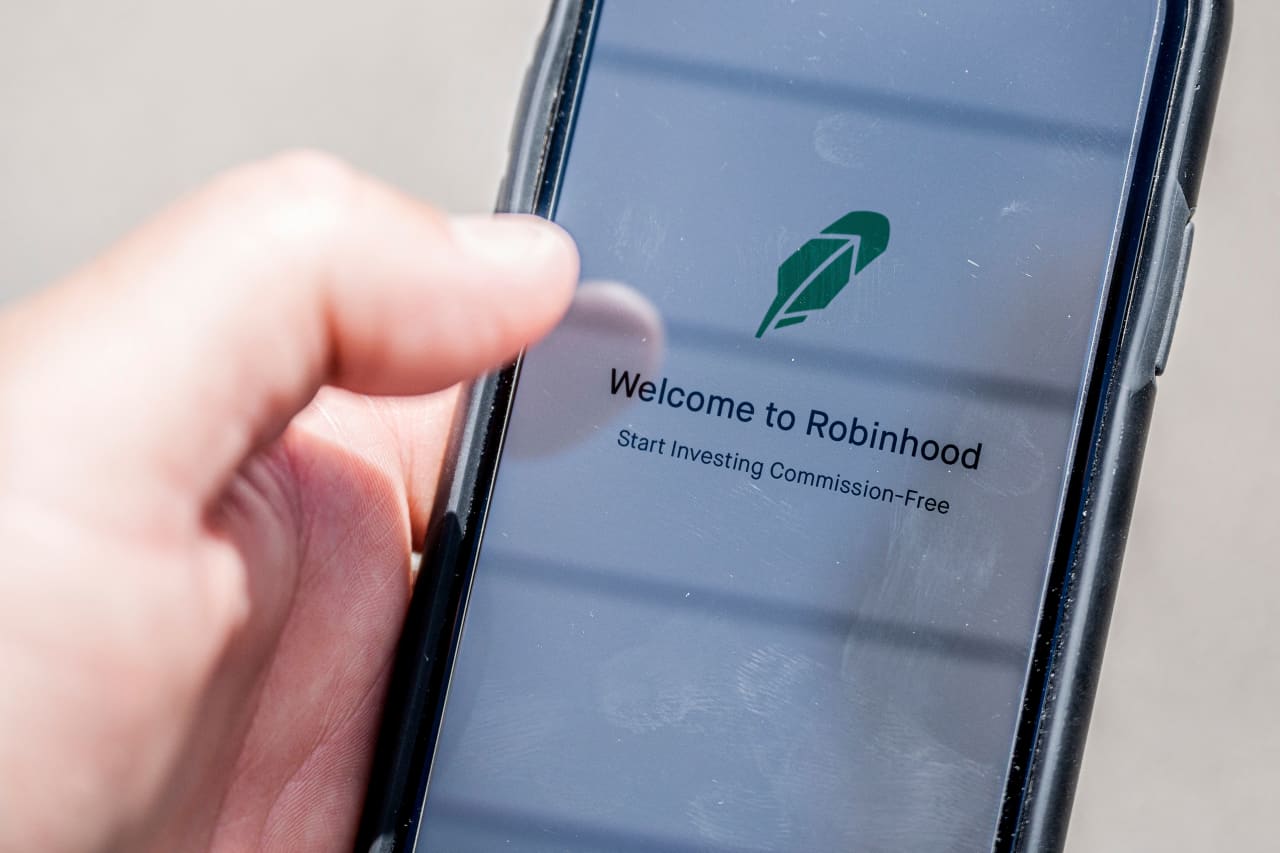



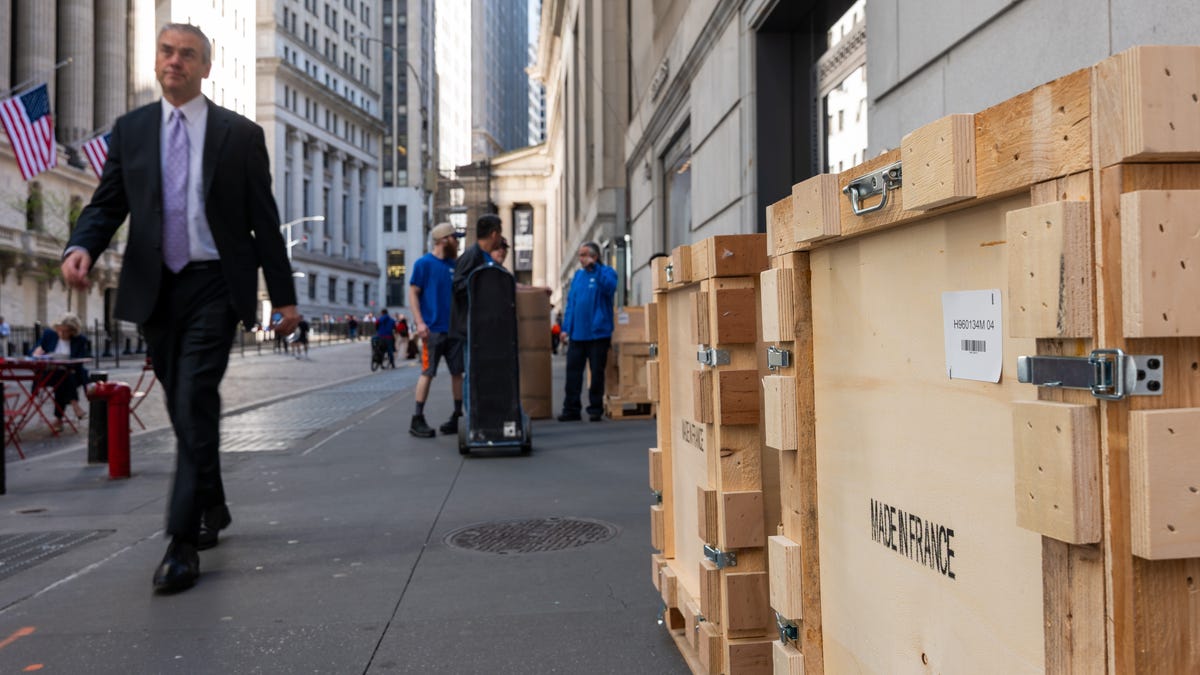










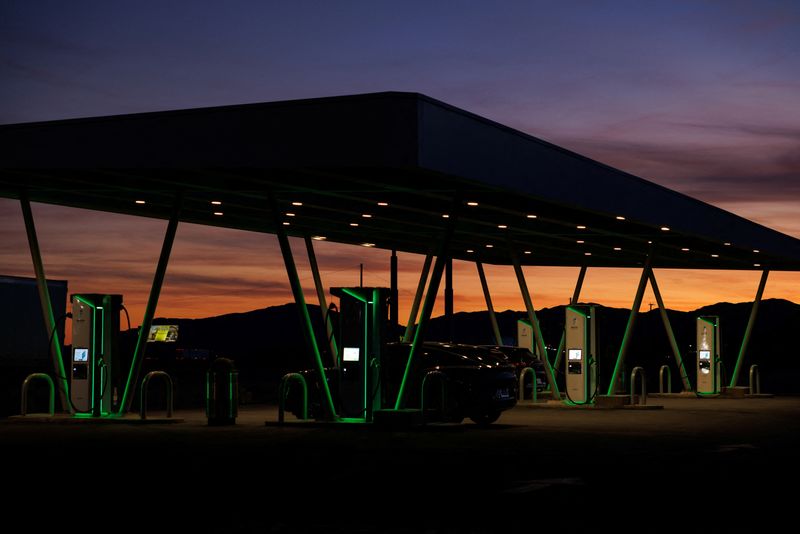

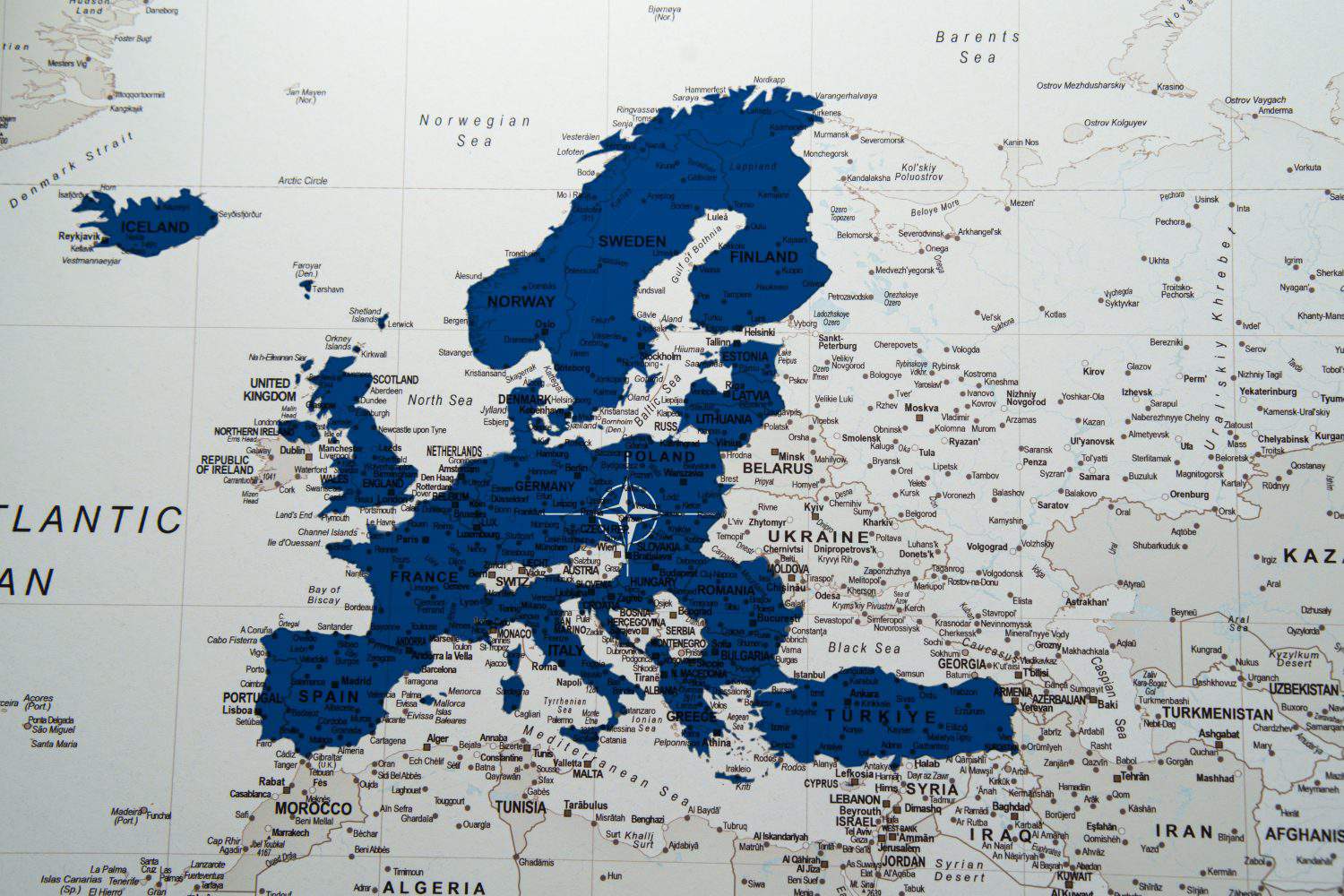


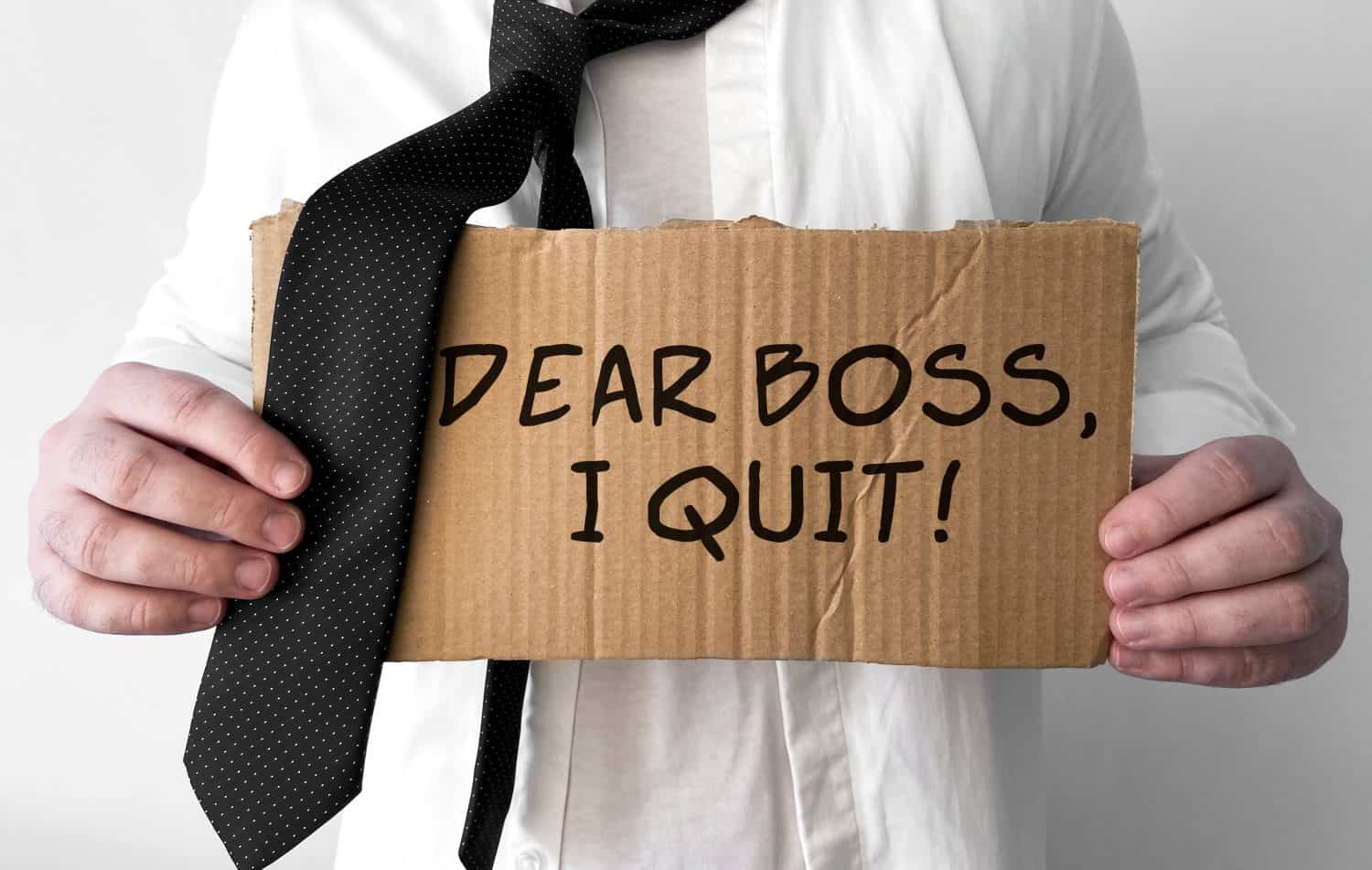


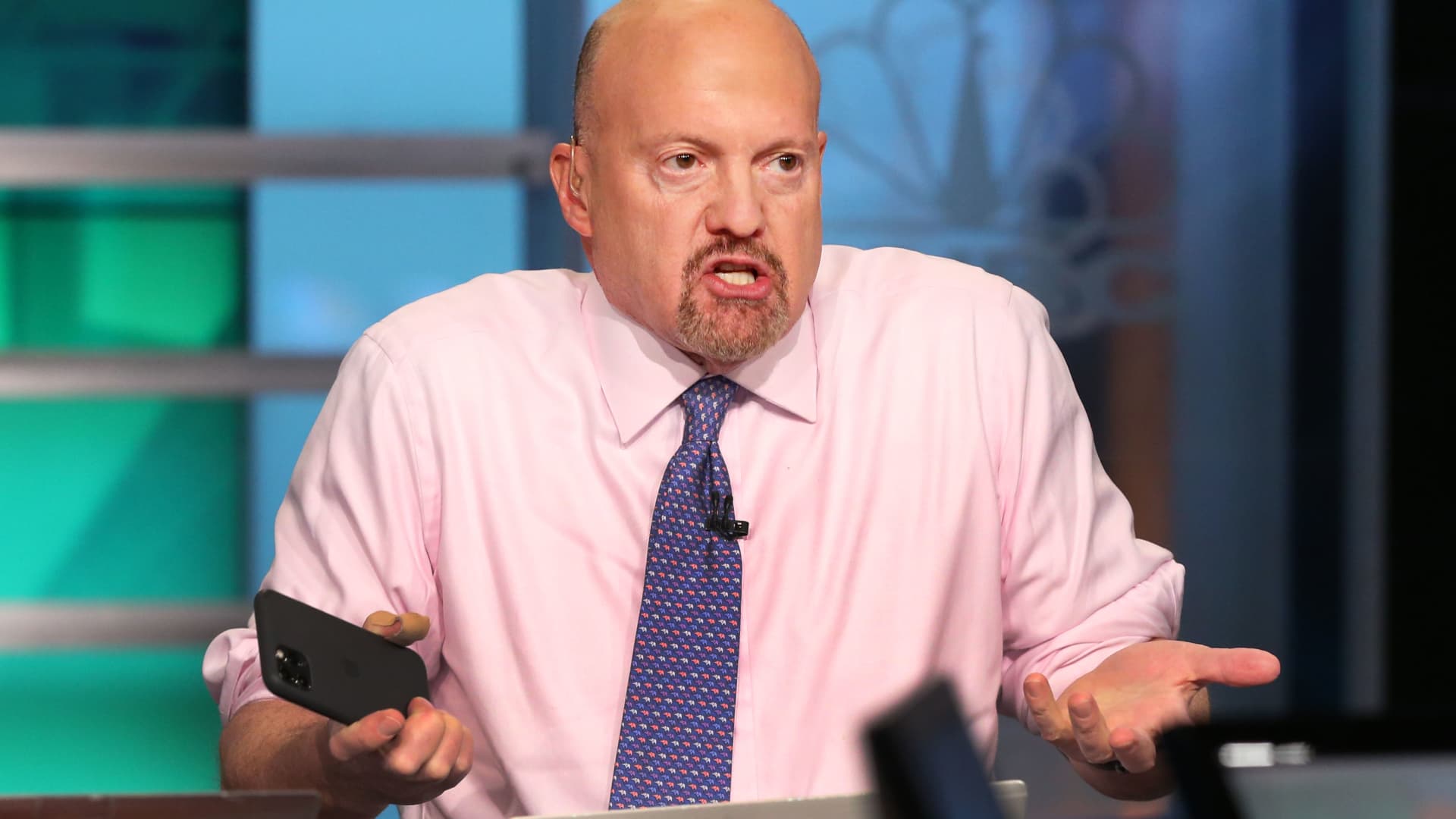





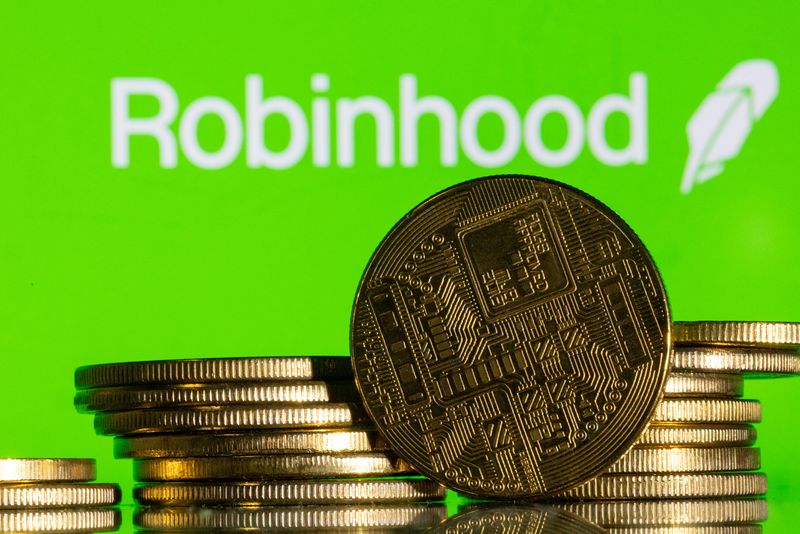







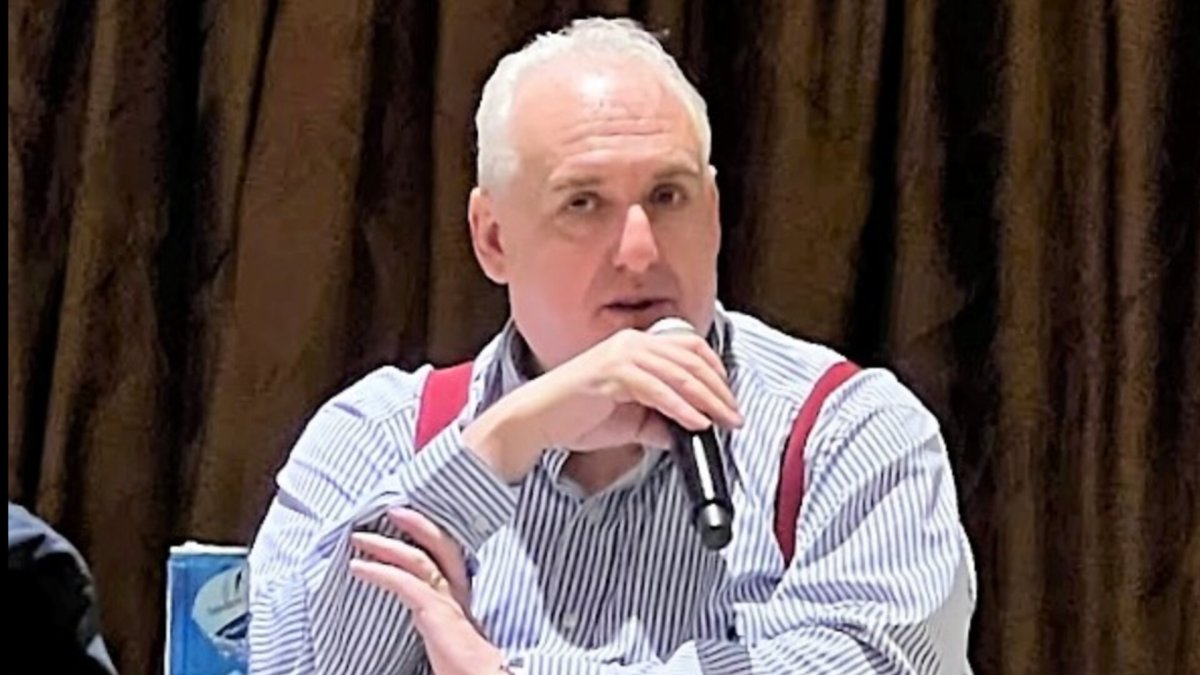










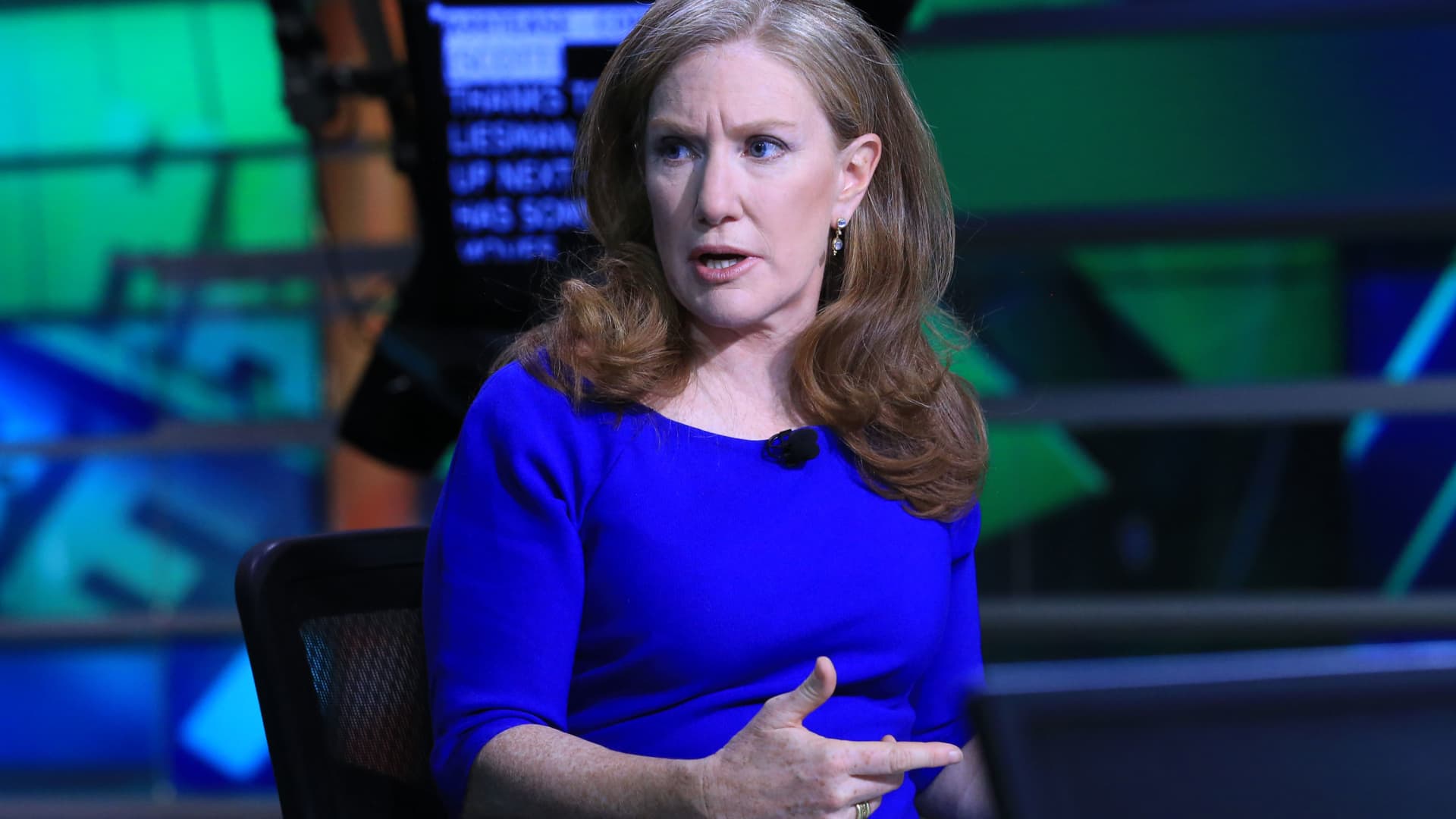


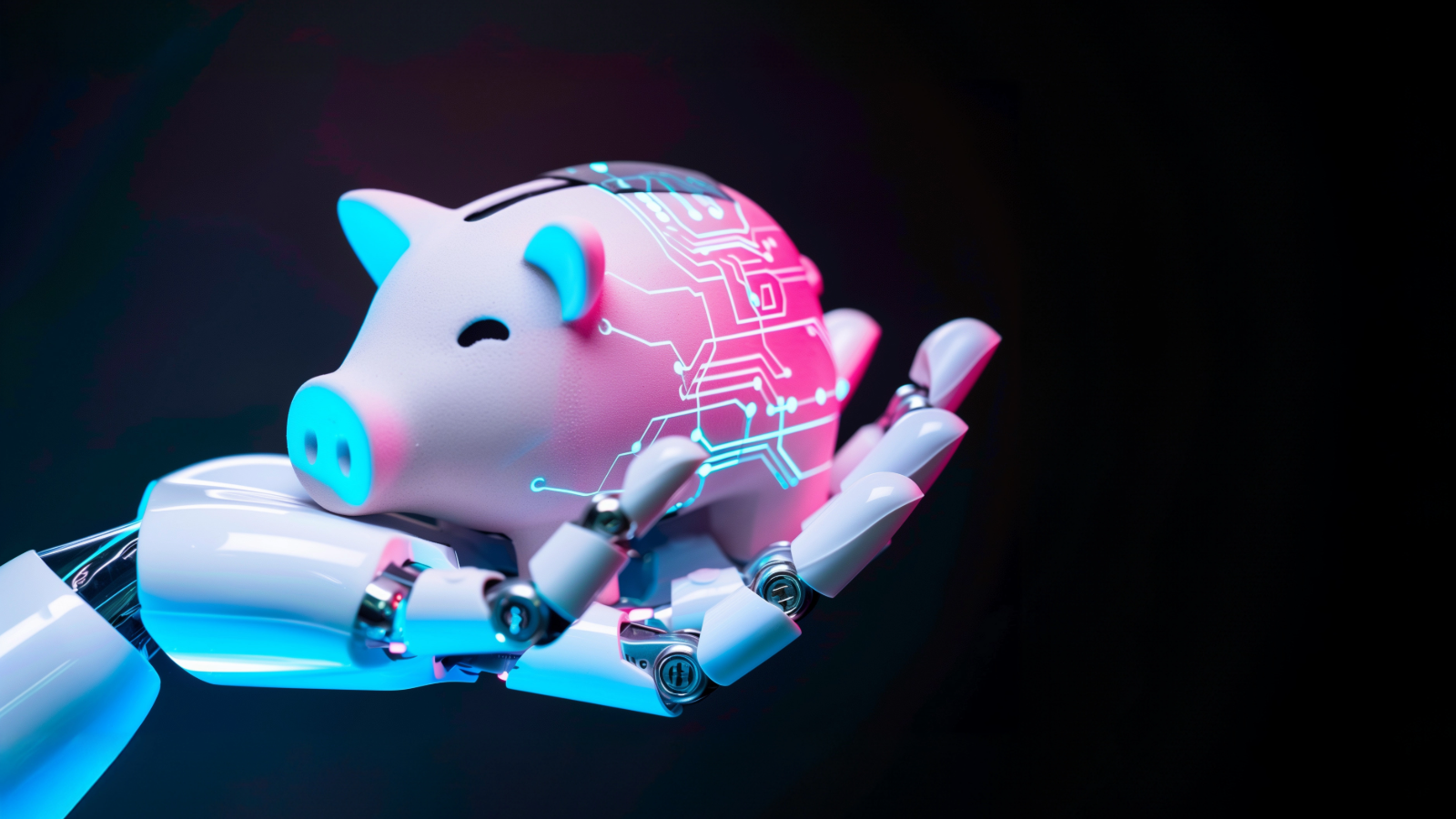








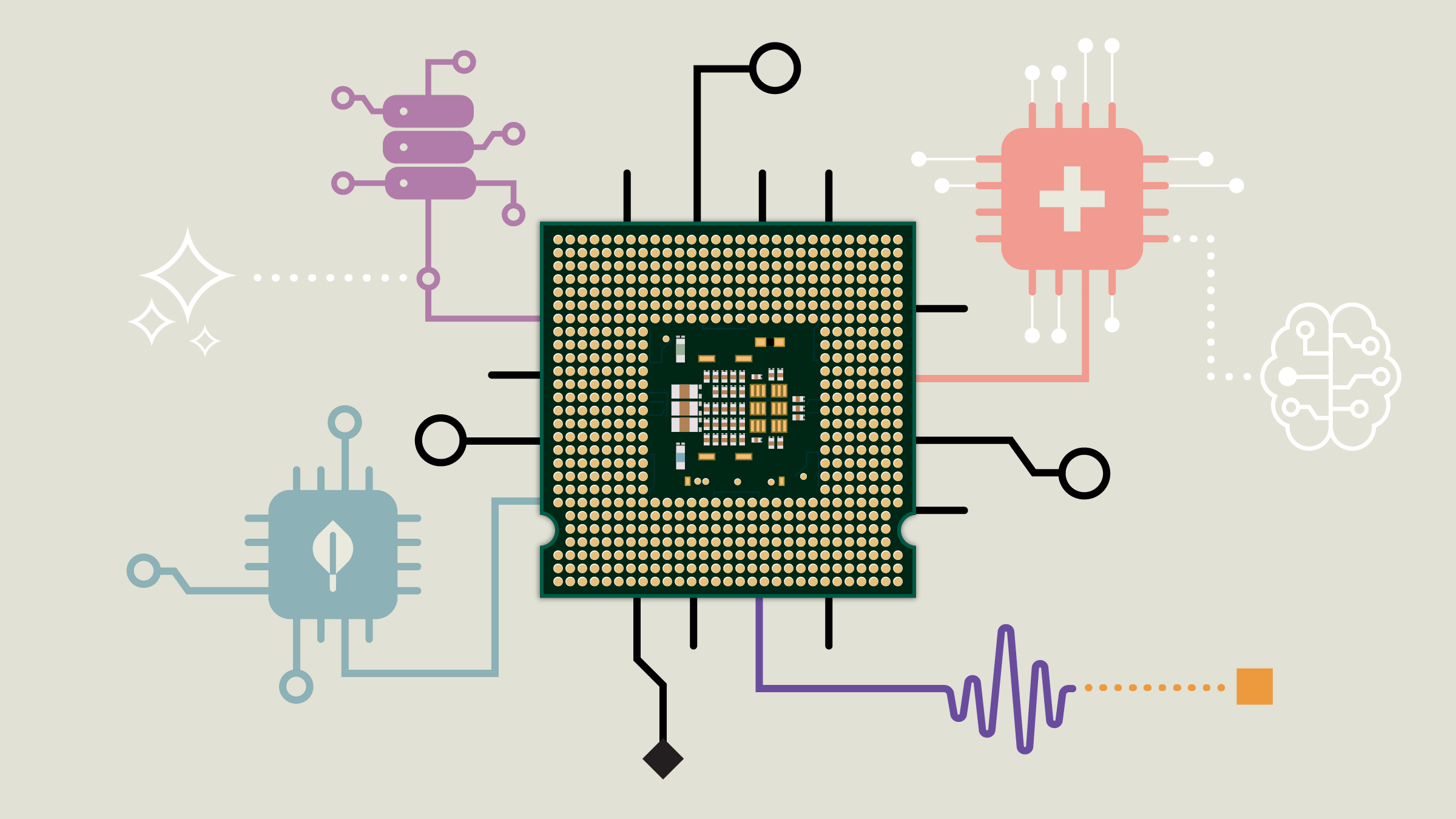

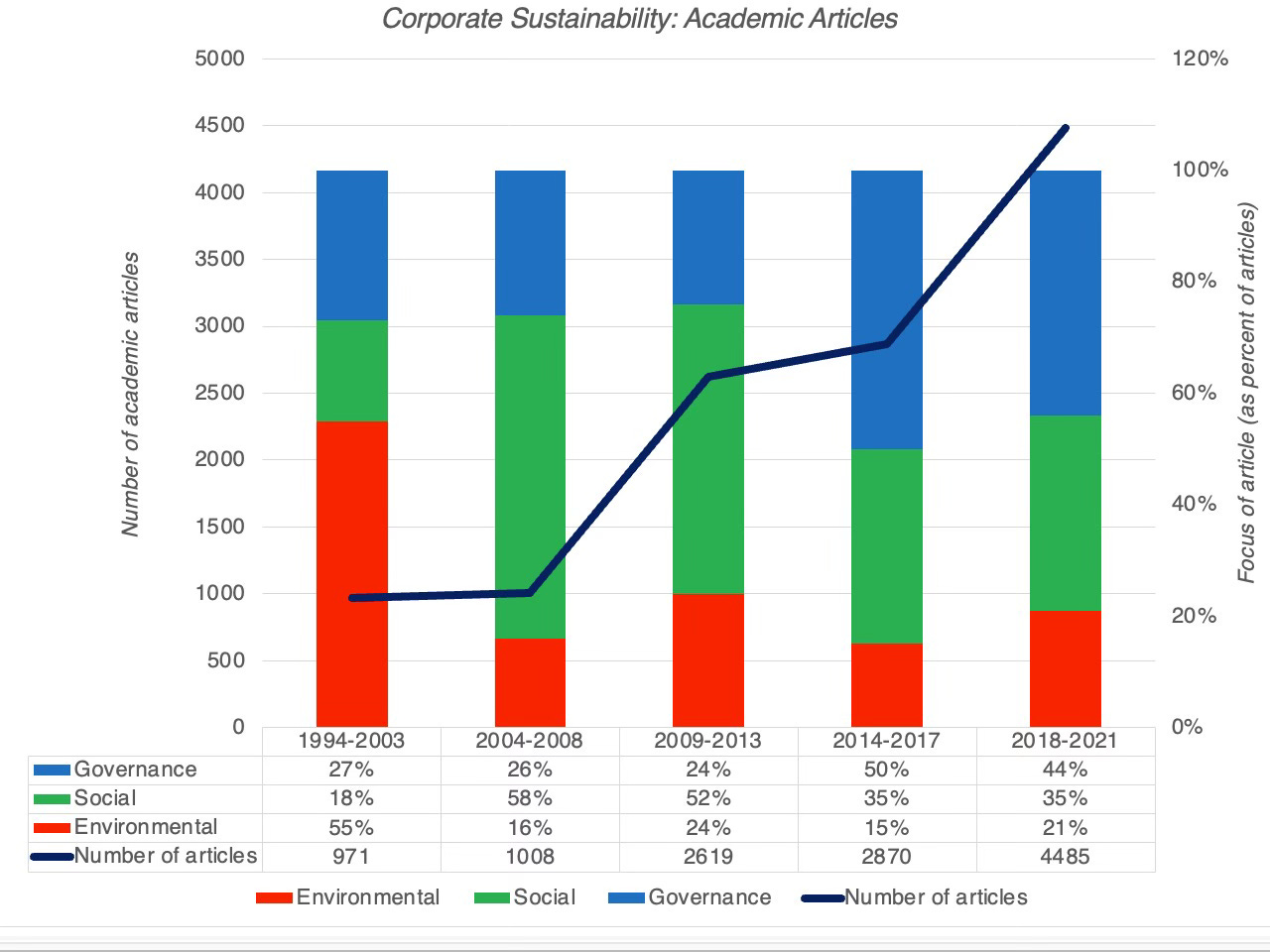



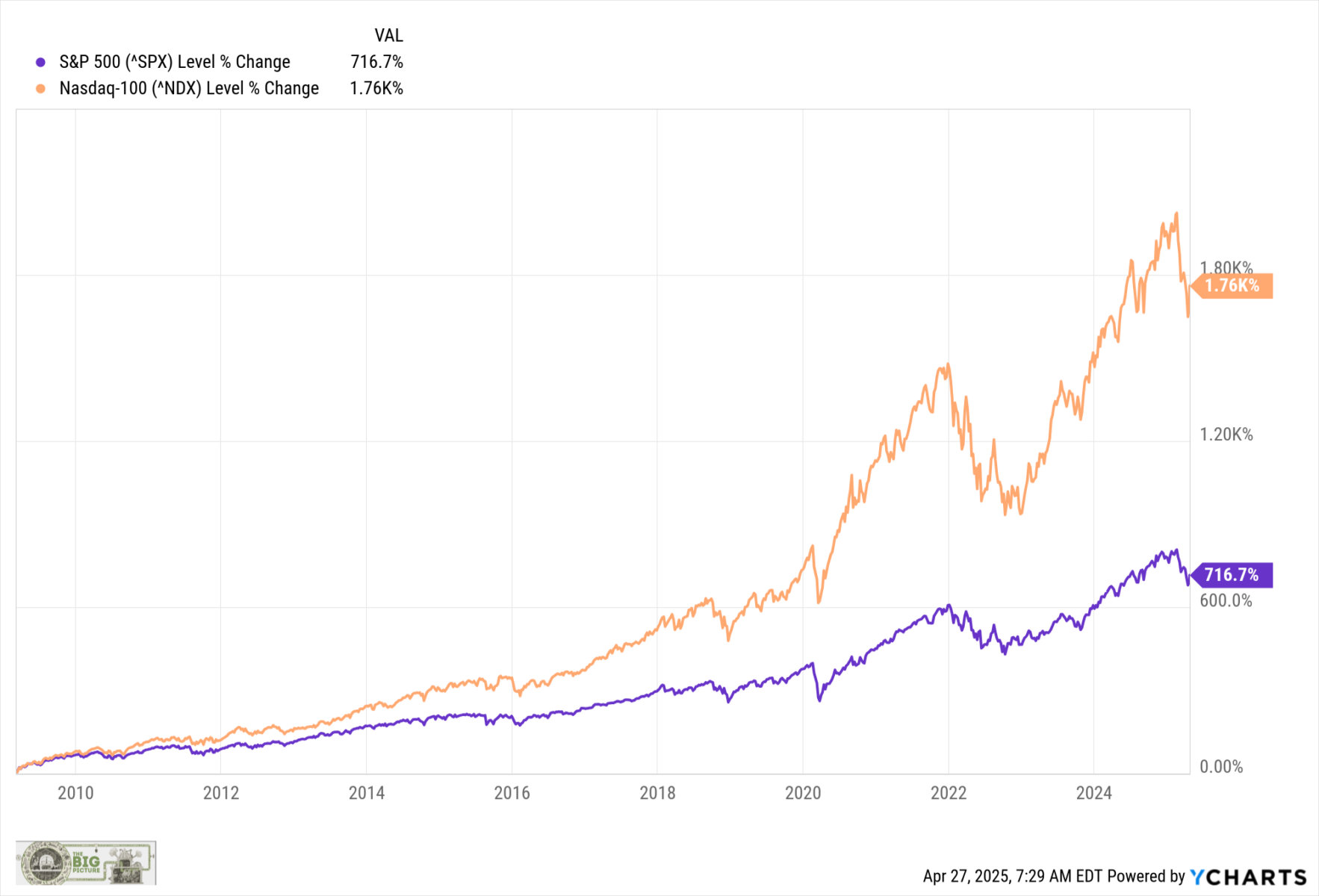
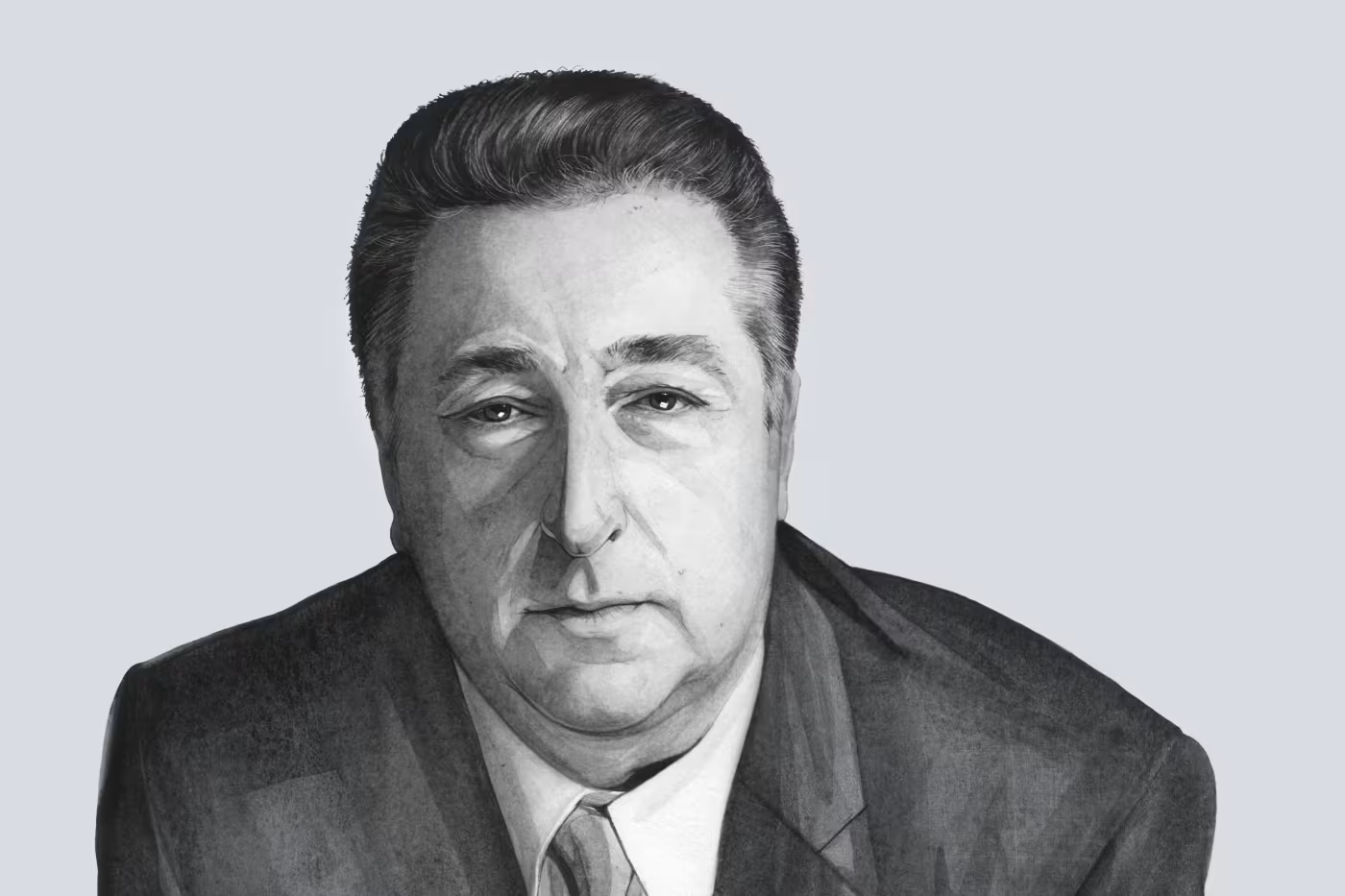




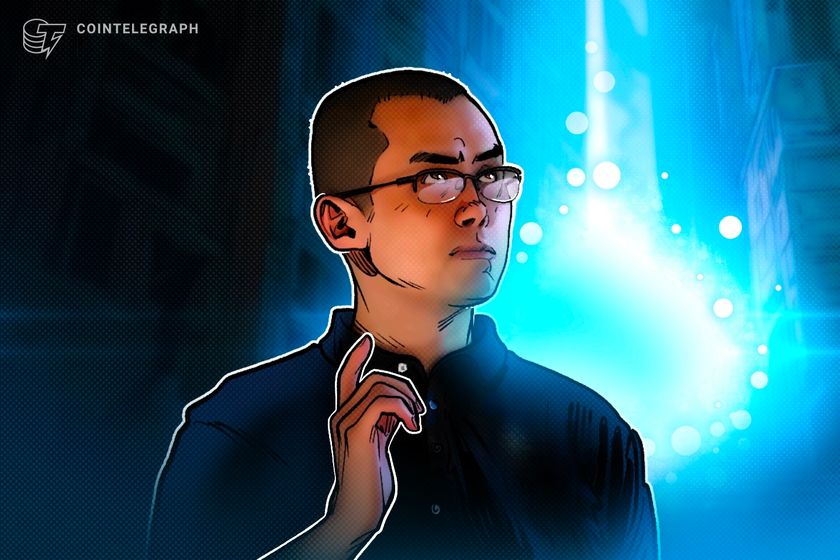










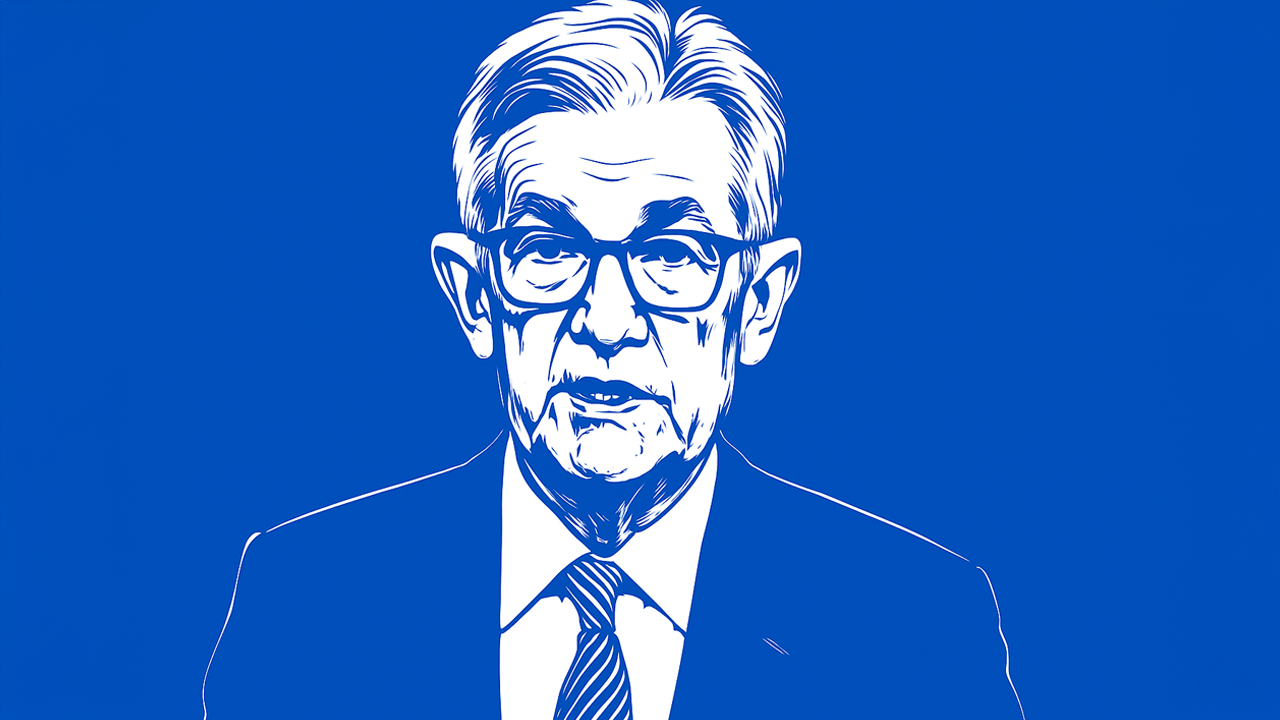
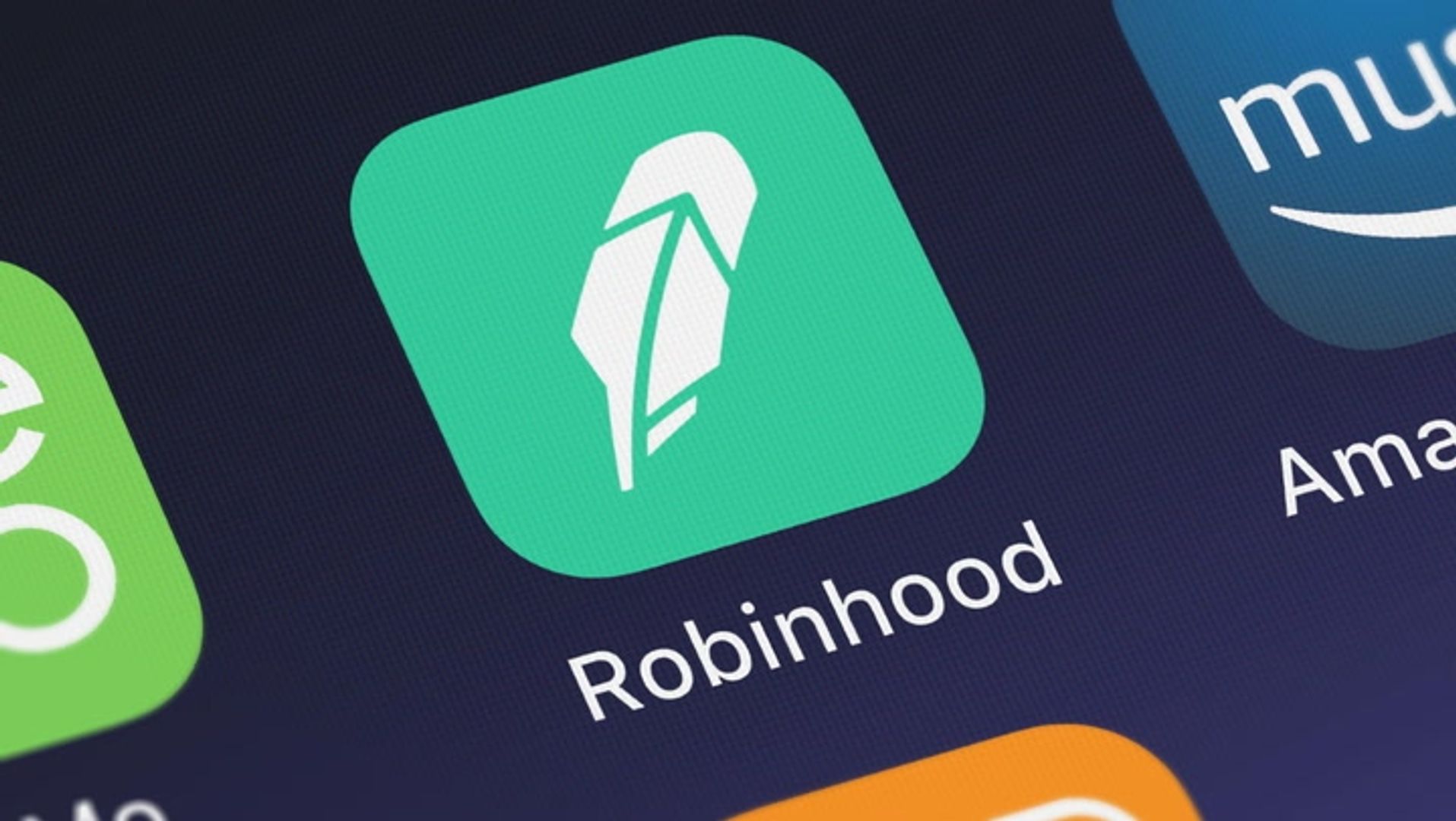












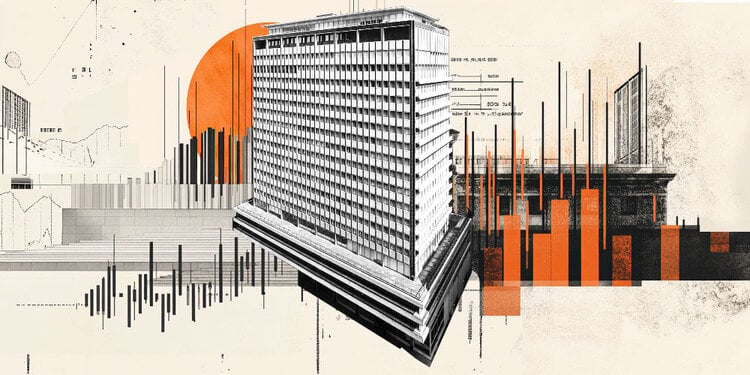
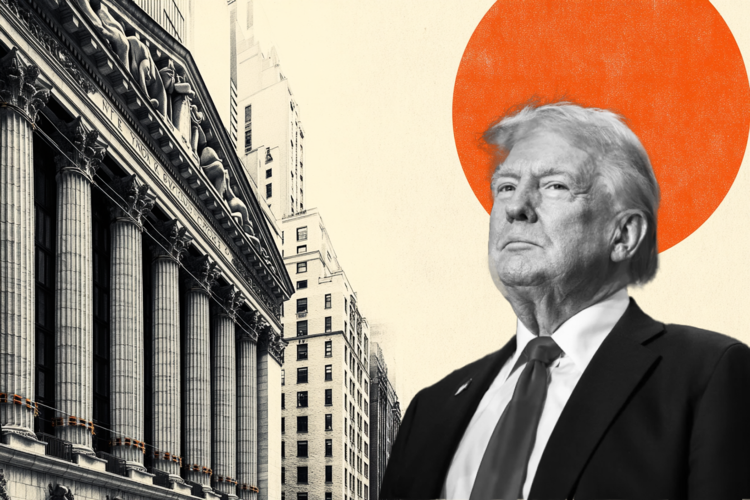









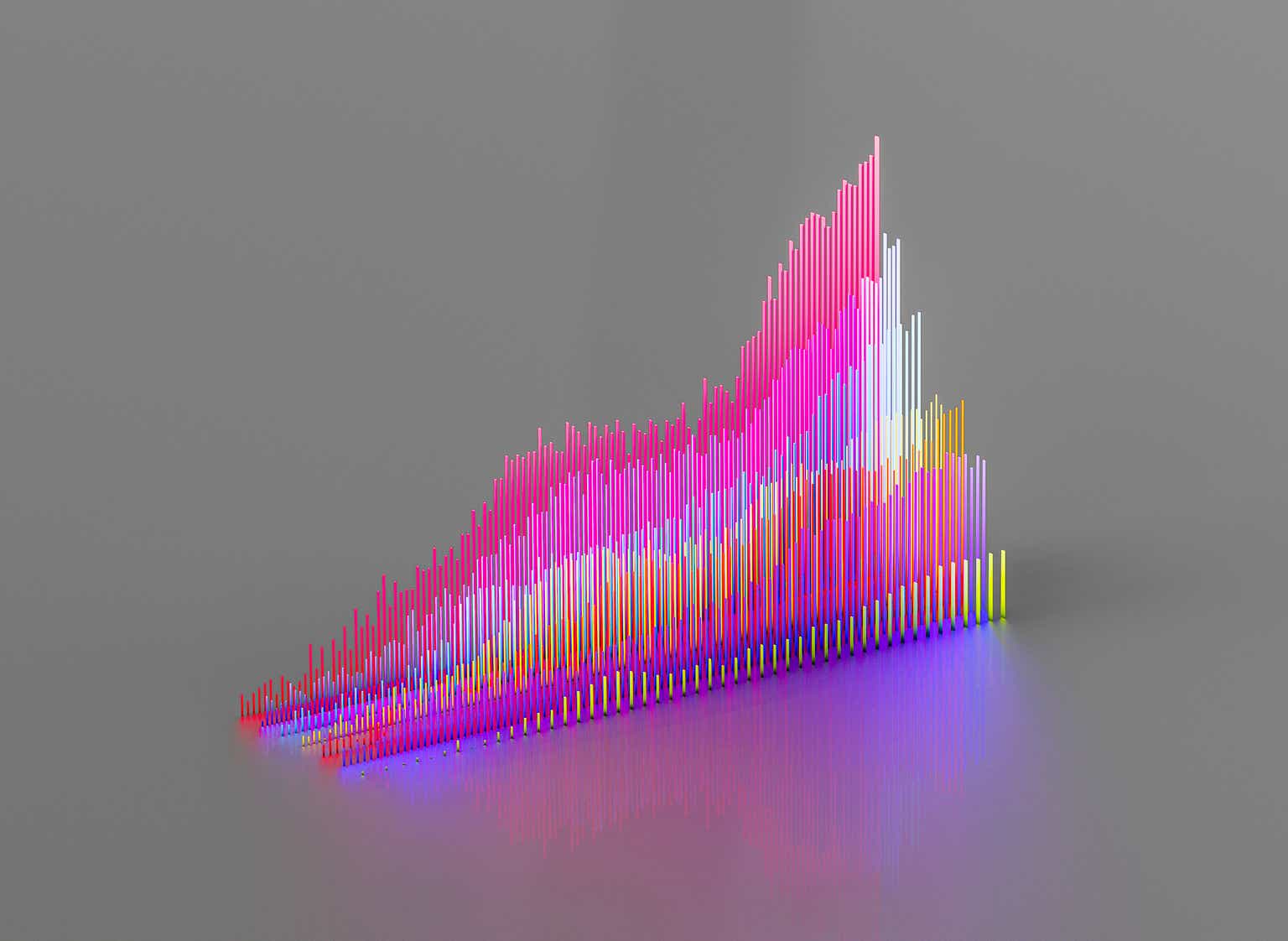




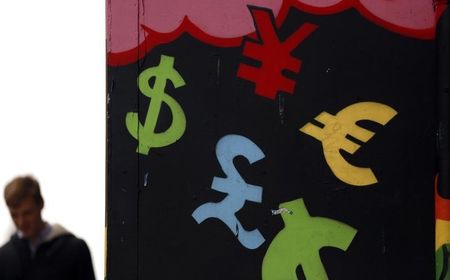
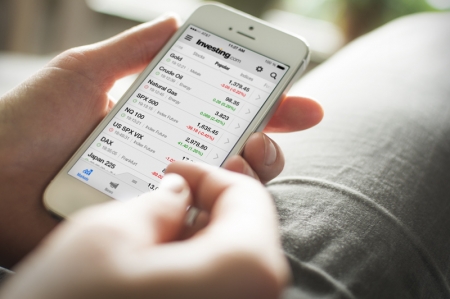
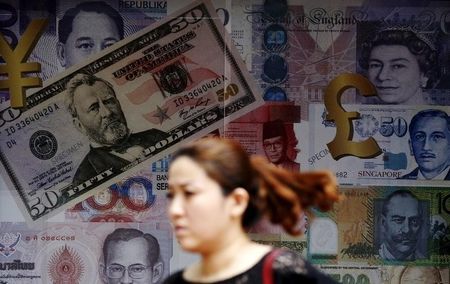






-logo-1200x675.png?v=20240521153233&w=240&h=240&zc=2)






